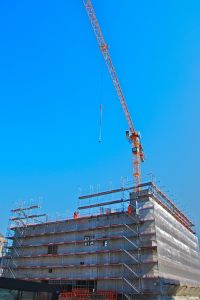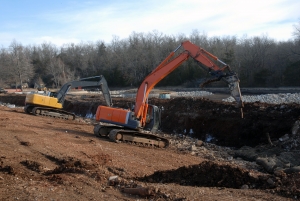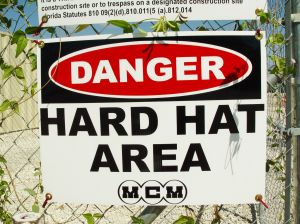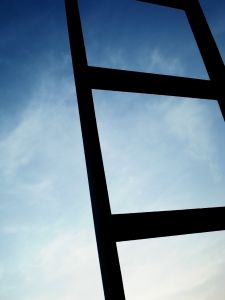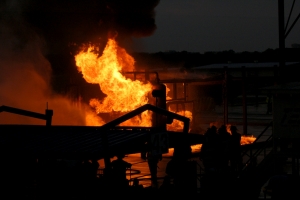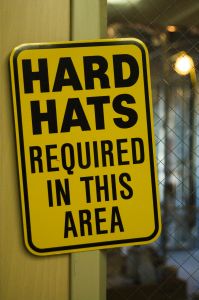A photography contest, conducted by the U.S. Department of Labor’s Occupational Safety and Health Administration (OSHA), urges residents to capture a creative snapshot of workplace safety and health, according to a U.S. Department of Labor press release. The contest, titled “Picture It!”, aims to strike up awareness of the importance of a safe working environment to help prevent a work accident in Boston and elsewhere in the United States.

Our Boston workers’ compensation lawyers would like too remind employees, and employers, that a safe working environment should be kept and maintained at all times. It is the responsibility of the employer to ensure that employees are safe and protected from danger and injury while on the job. Our lawyers continue to work tirelessly to recognize and fight for the rights of employees who may have been injured on the job.
OSHA is currently celebrating its 40th anniversary, which they will continue to celebrate throughout the entire year. Picture It! is kicking off the celebration and is open to those 18 and older. The contest will be accepting submissions through August 12.
Residents are encouraged to invite their friends and family to participate in the fun and creative event. You can download the contest flyer from the OSHA website to help share the details.
Photographers are asked to share their visions of workplace safety and health, and they may do so in any way they choose. Photos must be taken in the United States. Prizes will be awarded to the first, second and third place winners. Photographers are asked to use their artistic skills to successfully portray occupational safety and health in such a way that would help to raise interest in the general public.
Submissions will be judged by accomplished photography professionals. They will be judged on the quality of the photograph, their compatibility with OSHA publications, clarity of the conveyed message, creativity and originality. Photos must include workers, employers or workplace imagery.
Photographs submitted by the judged winners and finalists will be posted on the OSHA photo contest web site. First-place will receive a framed letter of congratulations from Secretary of Labor Hilda L. Solis. The three winning photos will be displayed in OSHA’s national office in Washington. The organization hopes that the participation and display of these winning photos will serve as a daily reminder for leading policymakers and prominent professionals of the purpose and drive behind OSHA’s mission.
OSHA contractors and special government employees are encouraged to participate as well. On-site consultation employees and federal OSHA, “state plan” state OSHA employees are not eligible. They will be asked to participate in a separate and internal contest that will be running during the same time as the public contest.
A complete list of contest rules and regulations and instructions on how to submit your photo can be found on OSHA’s website.
Continue reading
 Boston Personal Injury Attorney Blog
Boston Personal Injury Attorney Blog


